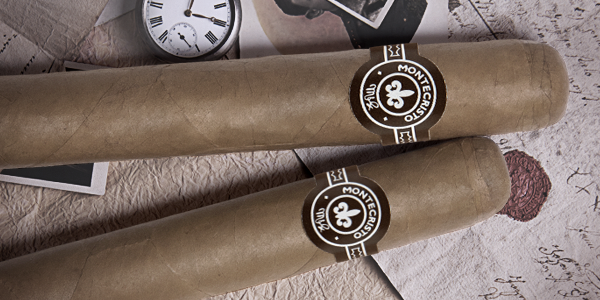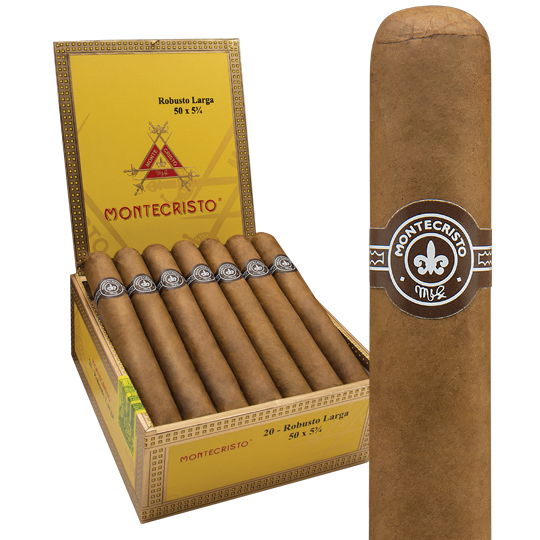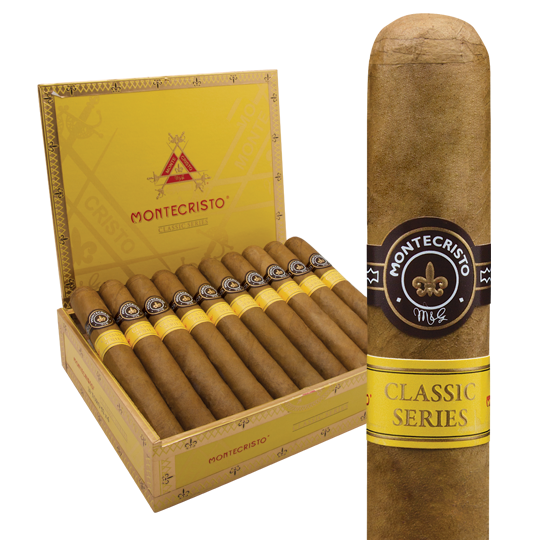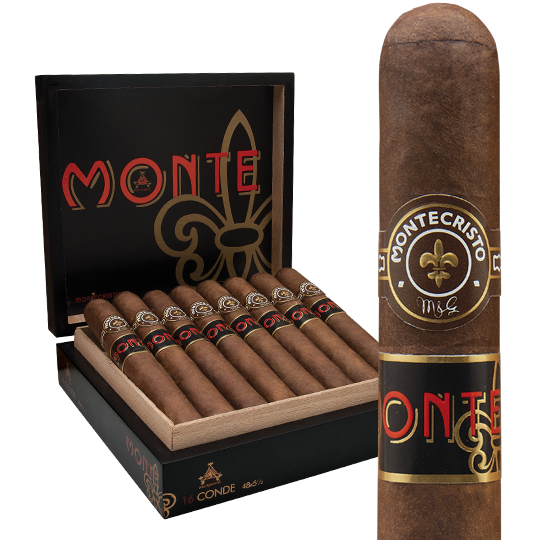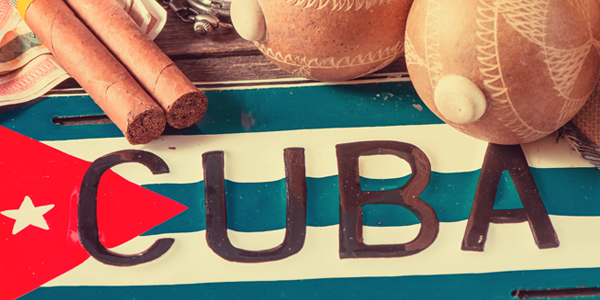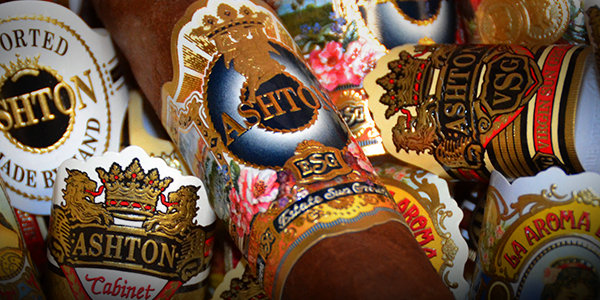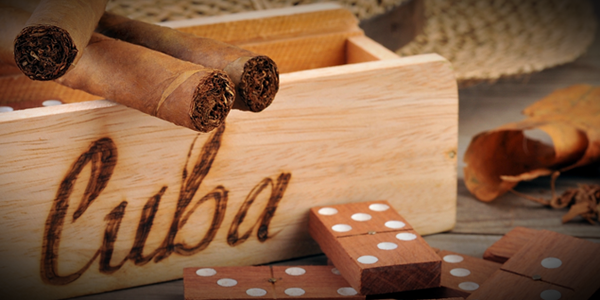Montecristo Cigars History
Montecristo is one of the most famous cigar brands ever created. In 2015, the brand celebrated its 80th anniversary. The history of Montecristo cigars doesn’t stretch as far back as other Cuban-heritage brands like Partagas, Romeo y Julieta, or H. Upmann which were created in the 1800s. Montecristo began in Cuba in the 1930s, but its influence cannot be understated due in large part to the popularity of the Montecristo No. 2, a Torpedo-shaped cigar many argue is the greatest of all time. Today, a Dominican version of the brand exists for the U.S., while Cuban Montecristos are available in foreign markets. Let’s reveal the history behind Montecisto, a brand with decades of impressive commercial and critical accolades.
The Launch of the Montecristo Name
A tale of jealousy, betrayal and revenge published in 1845 was often read by ‘lectores,’ the readers who kept ‘torcedores’ (Cuban cigar rollers) entertained while they made the world’s best smokes. The novel by Alexandre Dumas was The Count of Monte Cristo and it was popular in Cuban cigar factories. So popular, in fact, that after Alonzo Menendez, who bought the Particulares cigar brand in 1935, immediately created a new brand named after the classic work. The Montecristo cigar was born. It has become a classic in its own right. The saga that followed might have been written by Dumas as the tale of two Montecristos. Montecristo means ‘mountain of Christ.’
From Literary Leanings to Launching a Legacy
After Menendez’s factory and the cigar industry were nationalized by Fidel Castro on September 15, 1960, Alonzo -- with seven dollars in his pocket -- and his family fled Cuba. The first stop was the Canary Islands, belonging to Spain, but since the Montecristo brand was sold there, Menendez and his son, Benjamin, had to create a new name. They chose Montecruz. The design scheme was very similar to the Montecristo, but the ‘fleur de lis’ on the cigar band was replaced with a cross. As Cigar Aficionado has reported, “Menendez struck gold with the launch of Montecruz, an unapologetic copy of the Montecristo brand that his family had lost in Cuba. Made with Cameroon wrapper, a dark, toothy leaf that would soon prove a worthy substitute for Havana wrapper, Montecruz quickly became the No. 1 premium cigar in the U.S.”
A Cigar By Any Other Name…
In the 1970s, the company moved to the Dominican Republic and found a way to call the cigar ‘Montecristo’ again. Having acquired the rights to the name from General Cigar, the loophole was used to sell the Dominican Montecristo only in the U.S. where the Cuban Montecristo was banned by the U.S. embargo on Cuban goods. The factory is still operating in La Romana.
In the meantime, the Cuban Montecristo, led by the iconic No. 2, a Torpedo, became the most popular cigar in the world. In 2004, Cuba added the ‘Edmundo Dantes,’ a big Robusto named after the character who became the count in the Dumas novel. In 2009, the Cubans introduced the ‘Open,’ a line with a lighter flavor profile aimed at the European markets.
Who Makes Montecristo Cigars Now, and Where Are They Made?
Today, the Dominican Montecristos are made by Spanish-French joint-venture, Altadis, S.A., which is also an investor in Habanos, the official Cuban cigar exporter. The Dominican cigars get great reviews and are generally more consistently well-made than the Cuban versions. They are generally milder as well, but come in greater varieties. The Dominican Montecristo White Series, with its Ecuador Connecticut wrapper, is among the best medium-bodied cigars on the market. The Especial No. 3, a Corona, recently received a rating of 90-points from Cigar Aficionado. The Montecristo and Montecriso Classic lines use Connecticut Shade wrappers. Other Dominican-made Montecristos feature Ecuador Habano (Epic and Monte lines) or the Mexican San Andrés wrapper (Platinum line). There’s also a fully Nicaraguan version called the Espada, made by Plasencia Cigars in collaboration with Altadis.
On the medium-full side, we love the Montecristo Monte line. It’s full of aged tobacco, with nut and espresso notes all contained by a luxurious Ecuador Habano wrapper. It’s available in a Robusto, Gordo (called Monte), Toro or Pyramid.
The tale of the two Montecristo cigars is one from which all cigar smokers can benefit. If you ever have the opportunity to smoke a Cuban Montecristo, try it side-by-side with the Dominican version. Let us know what you think. And compare it to some of today’s best alternatives to Montecristo cigars. You might be surprised.

